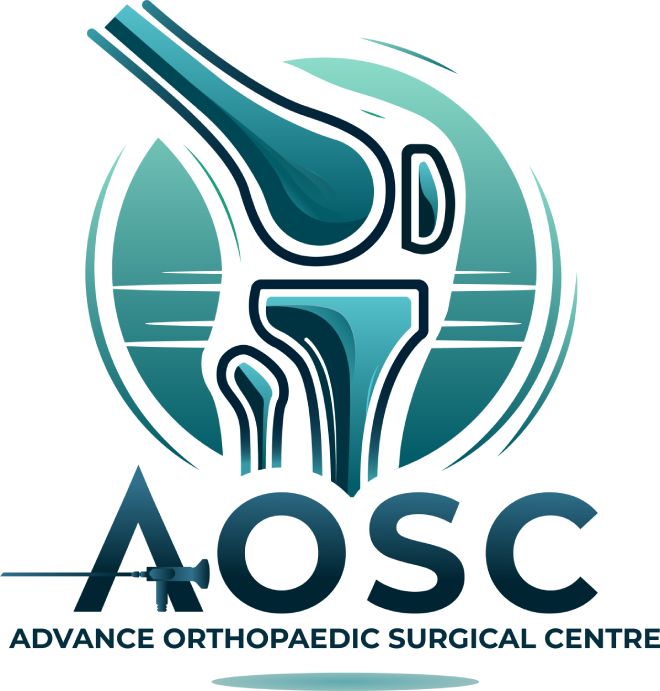ATFL Injury
Anterior Talofibular Ligament (ATFL) Injury
The ankle joint is stabilized primarily by two groups of ligaments: the medial and lateral ligament complexes.
Medial Group
- Deltoid Ligament
- Calcaneonavicular Ligament (commonly known as the Spring Ligament)
Lateral Group
- Syndesmosis:
- Anterior-Inferior Tibiofibular Ligament (AITFL)
- Posterior-Inferior Tibiofibular Ligament (PITFL) – with the deep portion sometimes referred to as the Inferior Transverse Ligament
- Transverse Tibiofibular Ligament (TTFL)
- Interosseous Ligament (IOL)
- Other Ligaments:
- Anterior Talofibular Ligament (ATFL)
- Posterior Talofibular Ligament (PTFL)
- Calcaneofibular Ligament (CFL)
- Lateral Talocalcaneal Ligament (LTCL)
Mechanism of Injury
Ligamentous injuries of the ankle are among the most common sports-related injuries, particularly inversion injuries, accounting for approximately 40% of sports injuries. In such cases, the ATFL and CFL are the most frequently injured ligaments, with the ATFL being the weakest of the lateral collateral ligaments. Approximately 35% of these injuries involve isolated damage to the ATFL, with avulsions more commonly occurring at the fibular attachment rather than the talar end. The PTFL is rarely involved unless there is a complete dislocation of the talus.
Clinical Presentation
Patients often describe a sensation of “rolling over” the ankle during the injury. Common symptoms include acute pain, swelling, and an inability to bear weight or walk.
Evaluation
Ottawa Ankle Rules are widely used to determine the need for X-rays to exclude fractures. Imaging is recommended when pain in the malleolar region is accompanied by:
- Tenderness along the posterior edge or tip of the lateral malleolus (distal 6 cm).
- Tenderness along the posterior edge or tip of the medial malleolus (distal 6 cm).
- Inability to bear weight immediately after the injury or for four steps during evaluation.
For midfoot pain, imaging is advised if there is:
- Tenderness at the base of the fifth metatarsal.
- Tenderness over the navicular bone.
- Inability to bear weight immediately after the injury or for four steps during evaluation.
A typical X-ray series includes anteroposterior, lateral, and mortise views. For midfoot injuries, oblique views are added.
Treatment and Management
Initial Management (PRICE Protocol)
- Protection: Use crutches or braces if necessary for comfort.
- Rest: Avoid weight-bearing for the first 72 hours, gradually resuming activities as tolerated.
- Ice: Apply to reduce pain and swelling.
- Compression: Use elastic bandages or braces for support.
- Elevation: Keep the injured ankle above heart level for 24–48 hours to minimize swelling.
Pain Management
- Nonsteroidal anti-inflammatory drugs (NSAIDs) or acetaminophen can be used for pain relief.
Rehabilitation
Early rehabilitation involves:
- Restoring range of motion (e.g., dorsiflexion and plantarflexion exercises).
- Proprioception and neuromuscular training.
- Strengthening peroneal muscles to prevent recurrent injuries.
Functional braces are recommended during the strengthening phase and upon return to activity.
Recovery Time:
Mild to moderate sprains typically resolve within 7 to 15 days. Persistent symptoms beyond this period warrant reevaluation.
Return to Activity
All symptoms must resolve before resuming sports or physical activity. Competitive athletes with moderate to severe sprains should be evaluated by a sports medicine physician to ensure complete recovery and prevent reinjury.
Management of Recurrent Instability
Patients with chronic instability or evidence of ligamentous laxity should:
- Be immobilized and provided with crutches to avoid weight-bearing.
- Be referred to a specialist for further evaluation.
Surgical Indications:
- Syndesmotic complex injuries with diastasis and instability.
- Chronic ankle instability requiring ligament reconstruction.
- High-energy injuries associated with osteochondral defects, peroneal tendon injuries, intra-articular loose bodies, or fractures.
Surgical techniques may involve screw fixation, tightrope fixation, or other ligament reconstruction methods.
